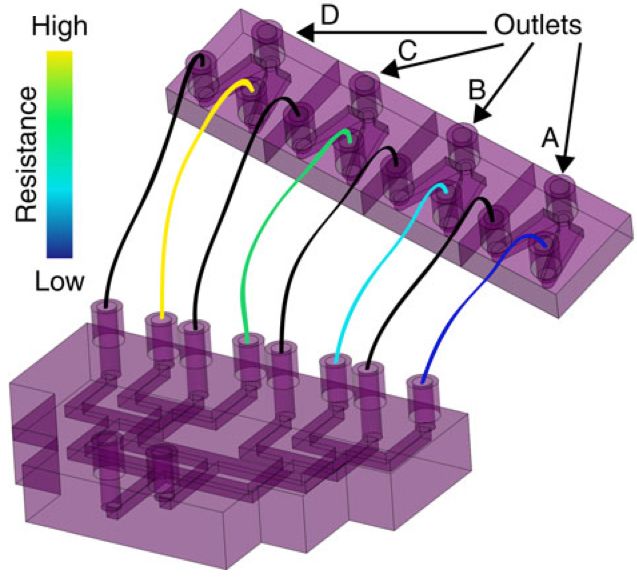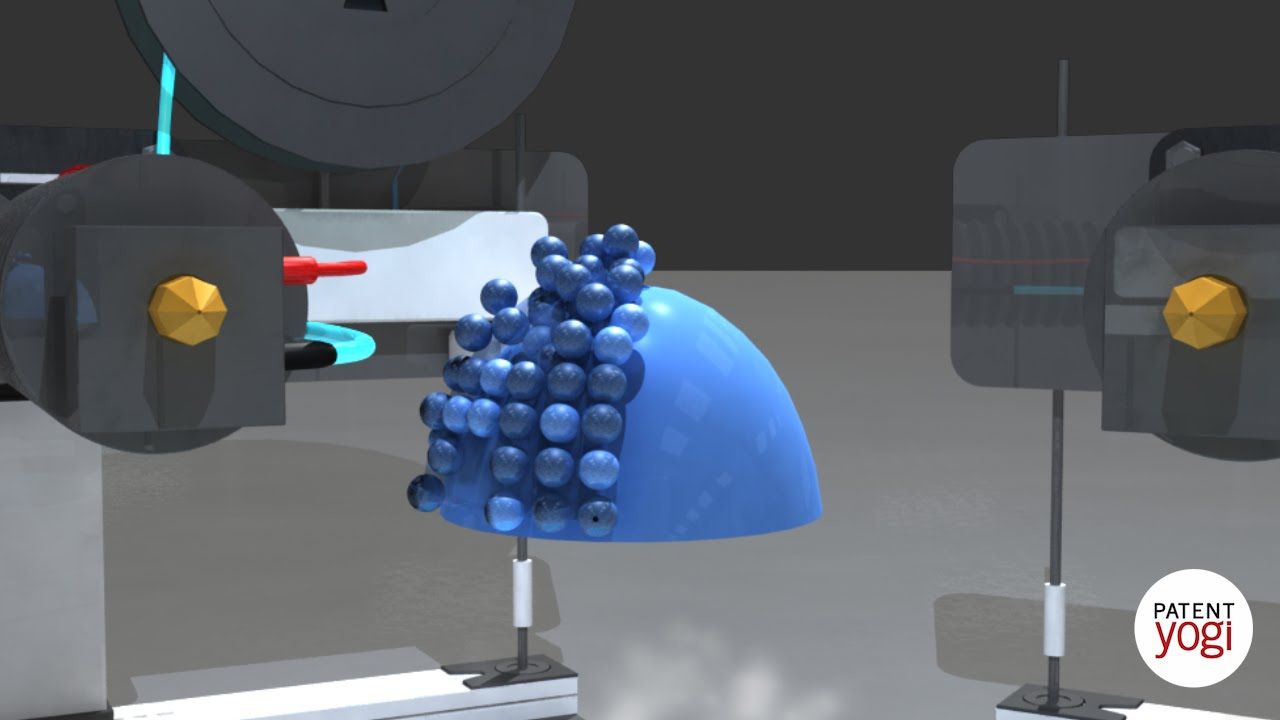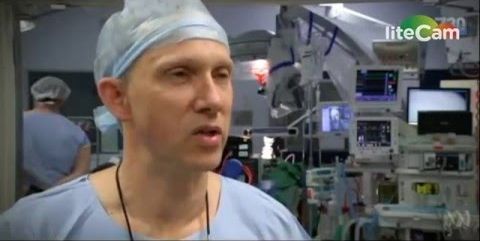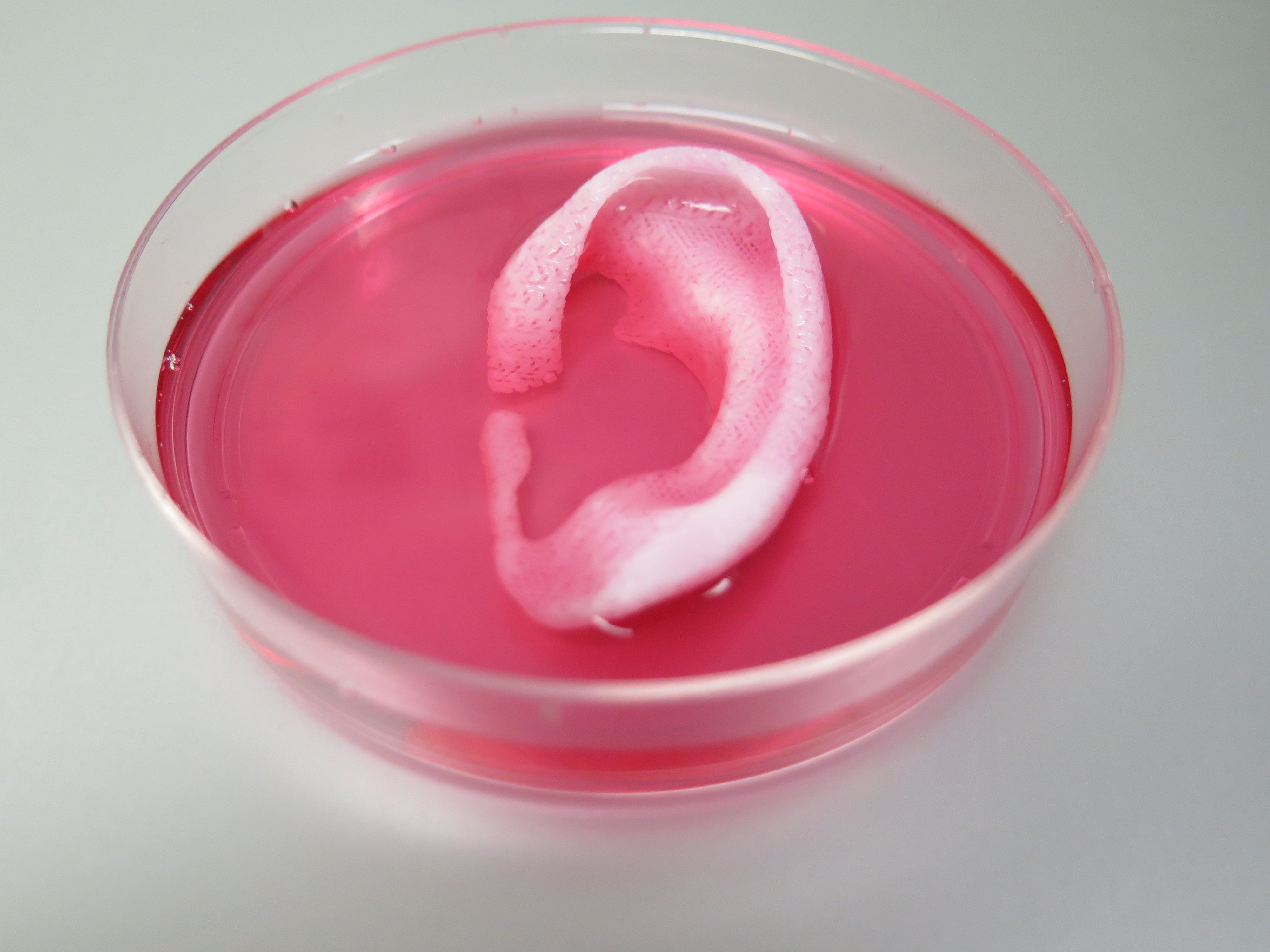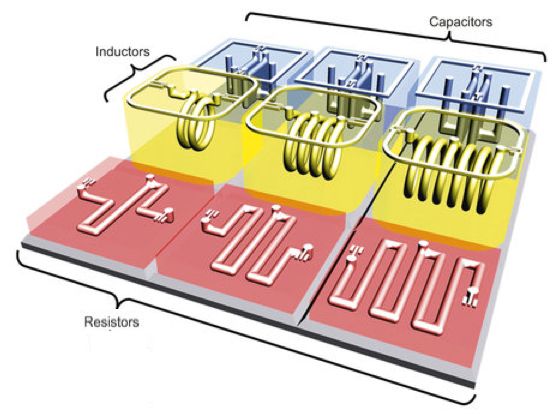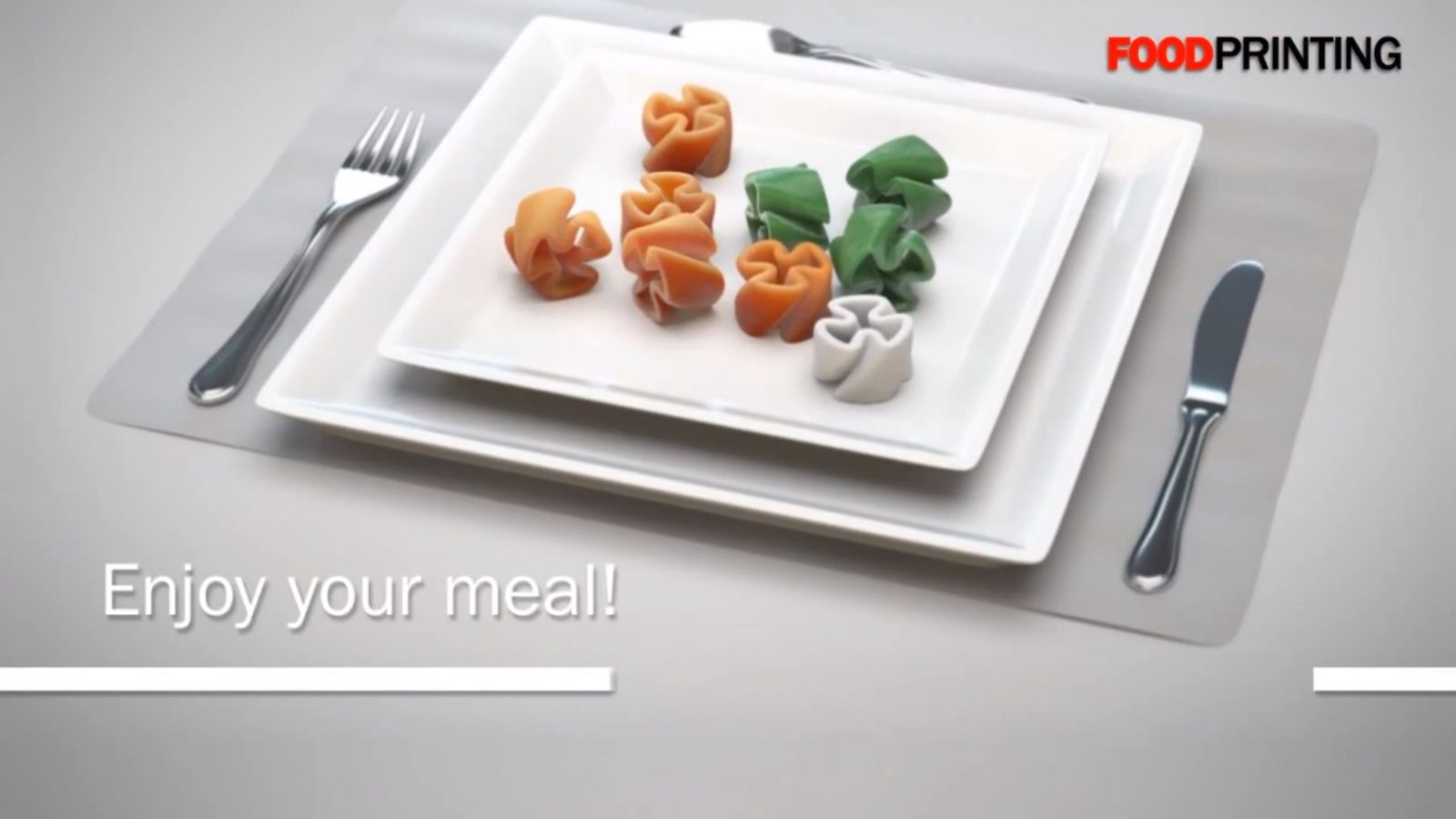Feb 27, 2016
A practical solution to mass-producing low-cost nanoparticles
Posted by Karen Hurst in categories: 3D printing, biotech/medical, chemistry, health, robotics/AI
Nanoparticles form in a 3-D-printed microfluidic channel. Each droplet shown here is about 250 micrometers in diameter, and contains billions of platinum nanoparticles. (credit: Richard Brutchey and Noah Malmstadt/USC)
USC researchers have created an automated method of manufacturing nanoparticles that may transform the process from an expensive, painstaking, batch-by-batch process by a technician in a chemistry lab, mixing up a batch of chemicals by hand in traditional lab flasks and beakers.
Continue reading “A practical solution to mass-producing low-cost nanoparticles” »
